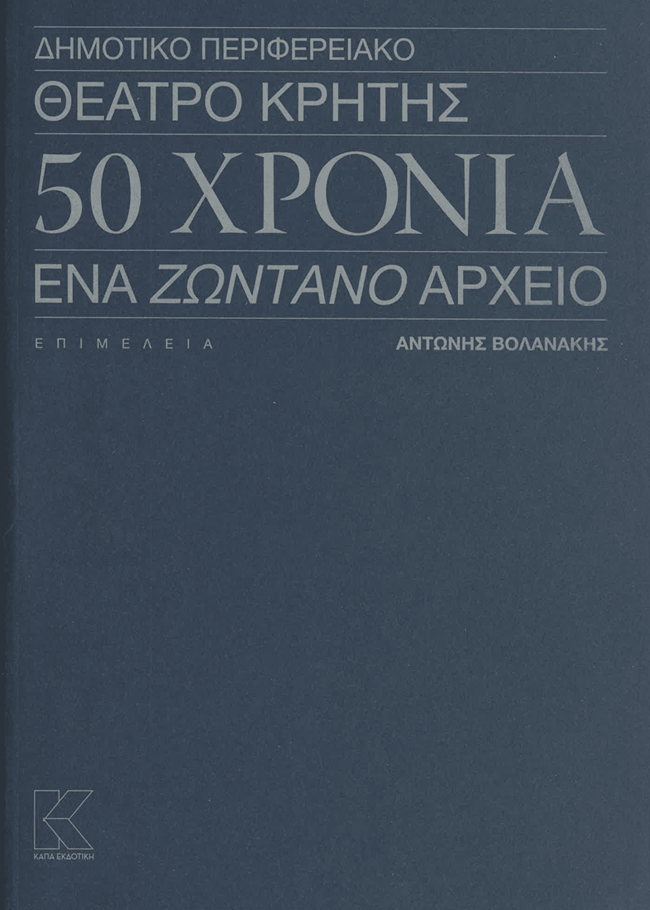
Title:DIPETHE of Crete – 50 Years of Theater – A Living Archive
In survey and scientific editing of Adonis Volanakis
Editor: Sotiria Apostolaki
Designed by: Ιoannis K. Tsigkas
Publisher: KAPA
Subject: Scrapbook
Year: 2025
Pages: 374
Τechnical Features: 34Χ24
A commemorative volume was published on the occasion of the DIPETHE Crete Exhibition at the Chania Municipal Art Gallery, open until April 30, 2025. The 375-page edition, rich in color photographic material and titled “DIPETHE Crete – 50 Years of Theater – A Living Archive,” accompanies the eponymous exhibition which, since its official opening, has been visited by many, and will continue to serve as a reference book after the exhibition’s conclusion, as it represents original research. The event is organized by the Municipality of Chania, the Chania Municipal Art Gallery, and DIPETHEK, with the support of the Ministry of Culture and in co-organization with the Region of Crete.
The commemorative volume “Municipal and Regional Theatre of Crete, 50 Years, A Living Archive,” researched and scientifically edited by Antonis Volanakis and published by Kapa Editions, celebrates the fifty-year history of the theatre by mapping its multifaceted journey. This luxurious 375-page volume records the complete performance history of the institution, covering 131 productions, detailing the contributors and the locations where performances took place, and featuring archival photographs, scenic and costume design sketches, and other significant documents. Manolis Seiragakis, Assistant Professor at the University of Crete, in his study titled “From Erotokritos to Kazantzakis and Today,” unfolds the presence of Cretan Renaissance theatre both within and beyond Crete. Following this, the volume’s editor, Adonis Volanakis, Assistant Professor at the University of Patras, develops the theatre’s history in the work “A Living Archive.” This publication accompanies the special exhibition held at the Municipal Art Gallery of Chania and is organized by the Municipality of Chania, the Municipal Art Gallery of Chania, and DIPETHE Crete, with the support of the Ministry of Culture and co-organization by the Region of Crete. The volume and exhibition together mark a significant celebration of the region’s distinguished theatrical heritage.
The narrative begins with a reference to Minoan civilization, highlighting the seal ring from the tomb of Isopata, exhibited at the Heraklion Archaeological Museum, which depicts women in a posture of prayer performing rituals in a field of lilies. This raises questions about the prehistoric origins of the performing arts on the island of Crete. A graphic variation of this sacred scene is also used as the logo of DIPETHE Crete. The history of the organization is enriched with photographs and focuses on significant milestones, such as the collective founding of the Cretan Theatre Company (ETEK) by a group of engaged citizens as a tangible cultural response during the years of the dictatorship, artistic collaborations, the actors involved in productions, diverse approaches to artistic direction, repertoire choices, and the position and visibility of women artists. It raises the question of how archives bring memories to life through iconic performances that have shaped the cultural life of Crete and beyond. At the same time, it explores the role of theatre as a space for social encounter, aesthetic inquiry, and cultural decentralization.
With a focus on theatrical memory and documentation, the volume examines how a theatre archive is, or can become, part of public history—as an antidote to oblivion. Thus, it transforms into an active field of inspiration and creativity. DIPETHE Crete is a living organization—it carries the stories of the people who have served it, evolves over time, and continues, in dialogue with its audience, to shape the cultural landscape of the future. It is no coincidence that Effie Theodorou, Artistic Director of DIPETHE Crete, chose the internationally renowned visual artist Adonis Volanakis to study the archive and curate the organization’s historical documentation volume. Many institutions worldwide—such as the Victoria and Albert Museum in London, the Smithsonian in the USA, and the Live Art Development Agency in the United Kingdom—have partnered with artist-researchers to renew the way audiences engage with archives and memory. Similarly, notable theatre organizations like the National Theatre of Scotland and BIT Teatergarasjen in Norway have involved artists in creatively reinterpreting their institutional histories. Within this international context, DIPETHE Crete’s decision to commission Antonis Volanakis for curating its commemorative exhibition and publication was an act of foresight. Being Cretan himself, and possessing significant international experience in the arts, Volanakis combined local knowledge with a broad, contemporary artistic vision. His rootedness allowed him to approach the archive with respect and empathy, while his international practice ensured the development of a well-documented volume as a continuation of the exhibition and art installation. Such practices engage equally with contemporary museological and theatrical archival approaches on a global scale.

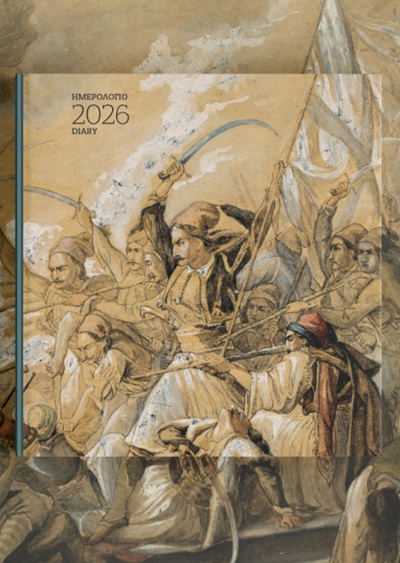
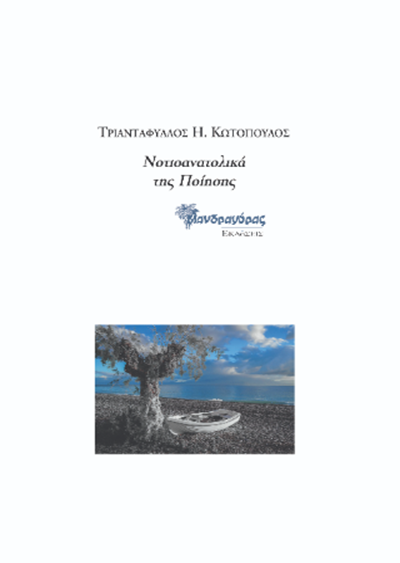
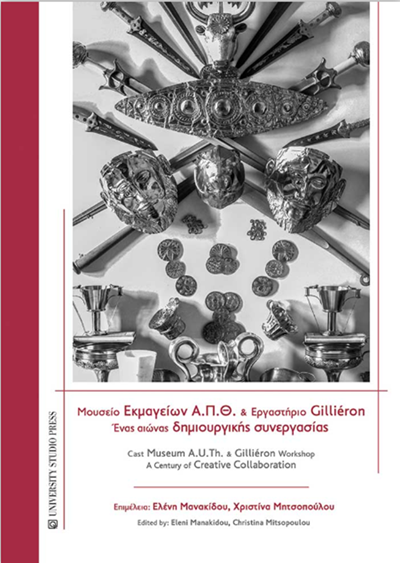
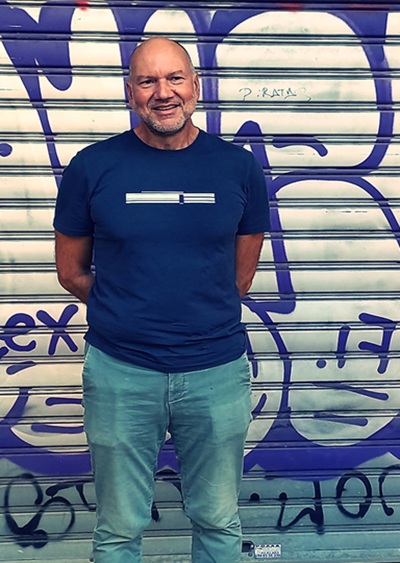


Leave A Comment